Mental Moment-Body Language & Facial Expressions
I am in conversation with a European company to collaborate with them on broadening the field of facial expressions. During our initial conversation I was asked how this fits into what I currently do and I thought I’d share how this plays a role in the work I do.
Teaching/education
I teach motivational interviewing to grad students and in organizations. I love this method of communication. Its basic and simple and takes much of the emotion out of the conversation. The basis of this model is listening.
Communication is not only what you say and how you say it but it includes nonverbal communication such as body language and facial expressions.
20 seconds
We have approximately 20 seconds to make a first impression. First impressions are in large part formed through nonverbal communication because a person will see you many times long before they hear you. If what they see is less than positive it will impact the relationship in a negative way. Once a person has formed a negative impression of you it’s difficult to change if at all.
Congruence
Congruency is where many people struggle. Throughout the years we develop (what seem like) automated responses to stimuli. For example, if someone tells a joke that you don’t ‘get’ you might say the joke is funny and even laugh but also have a questioning look on your face of which you may be unaware of.
It’s important to be aware of what shows up in our body language and in our facial expressions. Incongruency between verbal and nonverbal communication shows up as you being confused and causes confusion in the people you are talking to. For example, does she think the joke is funny or stupid. Imagine if the person telling the joke thinks you think the joke is stupid. That can potentially lead to anger, anxiety, etc.
Even congruency can be dangerous which is why it’s important to develop tact in your communication that doesn’t show up as rude and disrespectful; even though you might be feeling this way.
Awareness of this kind is important when making a sale, when talking to a staff person, during a coached workout, in an audition and in other other realms of elite performance.
Consulting
In my work with individual clients body language is a form of expressing confidence. A confident elite performer will verbally and nom verbally communicate their confidence. Although positive nonverbal communication generally stems from verbal communication sometimes it is the other way around. For example, if an elite performer is having negative that they are struggling to change sometimes getting them to smile brings a change in thought and attitude.
Since confidence is based in how you act, think and feel there is a large component of nonverbal communication.
Imagery
I use imagery with a lot of elite performance to help them deal with things like confidence and anxiety. It’s a great tool for imaging what you want your confidence to look like. How do you want to act, think and feel? Being able to see an imagine of what you want reinforces its occurrence.
I also use imagery to help produce a positive congruence in how my clients communicate verbally and nonverbally.
Performance is not personal it’s business! You can learn to leave the emotions out of performance. Awareness and good communication skills are a start.
Let me help!
Happy end of the week!
Dr. Michelle
Photo credit: casestudies-keilor.blogspot.com


